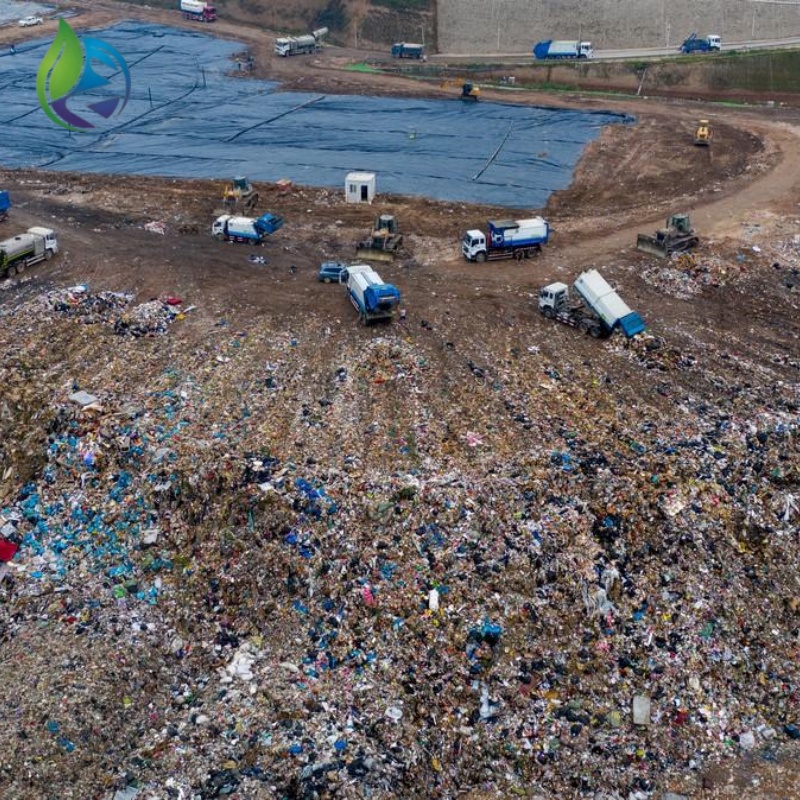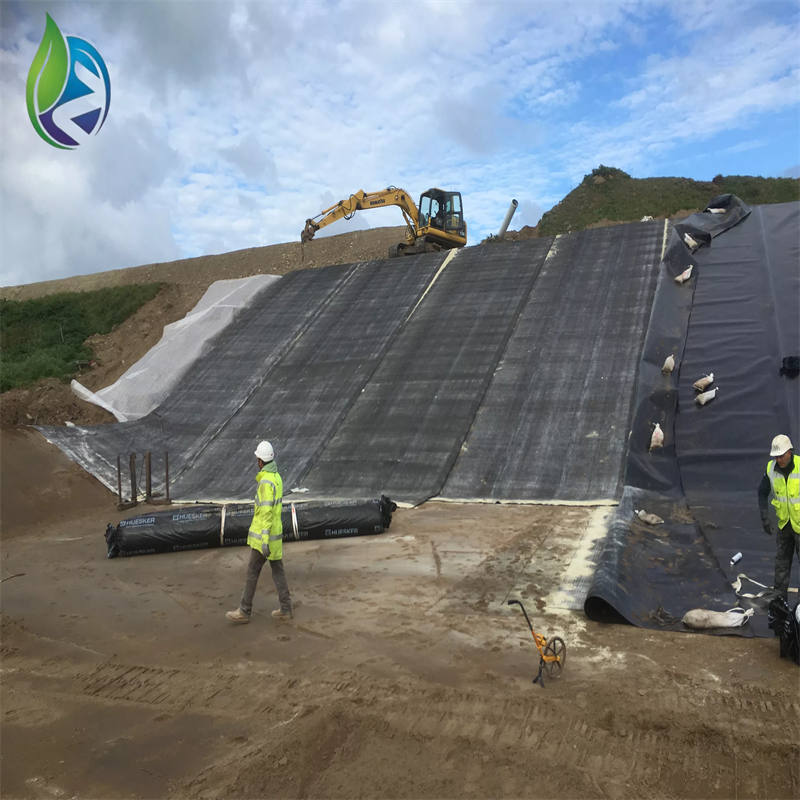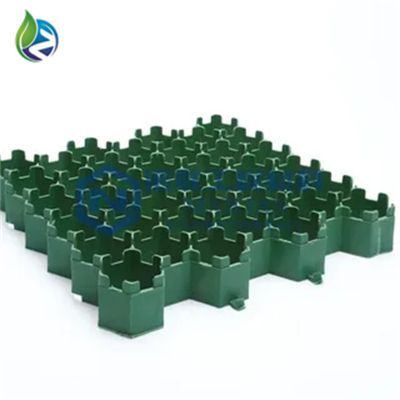Construction scheme of geomembrane in seepage prevention of landfill
Construction Scheme of Geomembrane in Seepage Prevention of Landfill
When addressing environmental protection in landfill projects, an effective construction scheme of geomembrane in seepage prevention of landfill is crucial. A properly implemented geomembrane system helps prevent contaminants from leaking into the surrounding soil and groundwater, protecting ecosystems and public health. In this article, we will explore a detailed construction scheme of geomembrane in seepage prevention of landfill, covering essential procedures, key materials, benefits, and quality control standards.
What is the Construction Scheme of Geomembrane in Seepage Prevention of Landfill?
The construction scheme of geomembrane in seepage prevention of landfill refers to a systematic plan that outlines the installation, welding, testing, and inspection of geomembrane liners used to prevent seepage in landfill sites. This construction scheme ensures that the geomembrane acts as an impermeable barrier, effectively isolating waste materials from the environment. The construction scheme of geomembrane in seepage prevention of landfill is a critical component of modern landfill design and management practices.
Key Components of the Construction Scheme of Geomembrane in Seepage Prevention of Landfill
An effective construction scheme of geomembrane in seepage prevention of landfill involves several key components:
Site Preparation: Before geomembrane installation, the subgrade must be thoroughly prepared. This involves clearing debris, leveling the ground, and compacting the surface to provide a stable foundation for the geomembrane.
Material Selection: High-density polyethylene (HDPE) geomembranes are commonly used due to their excellent chemical resistance, UV stability, and mechanical strength. The construction scheme of geomembrane in seepage prevention of landfill must specify the correct material type and thickness based on project requirements.
Deployment of Geomembrane: The geomembrane sheets are carefully unfolded and positioned across the landfill base. Care must be taken to avoid wrinkles, tension, or damage during deployment.
Welding and Seaming: Adjacent geomembrane sheets are joined using thermal fusion welding techniques. Double-track welding with air channels is preferred for quality assurance. Seam integrity is critical to the construction scheme of geomembrane in seepage prevention of landfill.
Testing and Inspection: Non-destructive testing methods, such as air pressure testing or vacuum box testing, are used to verify the integrity of welded seams. Any defects must be repaired immediately to maintain the impermeability of the liner.
Protective Layers: After geomembrane installation, protective layers such as geotextiles, sand, or soil are placed on top to shield the geomembrane from physical damage during landfill operations.
Each step of the construction scheme of geomembrane in seepage prevention of landfill must be executed with precision to ensure the effectiveness of the seepage prevention system.
Detailed Steps in the Construction Scheme of Geomembrane in Seepage Prevention of Landfill
To ensure a successful construction scheme of geomembrane in seepage prevention of landfill, the following detailed steps should be followed:
Survey and Layout: Conduct a detailed survey of the landfill site and mark deployment lines for accurate geomembrane placement.
Subgrade Preparation: Ensure the base is smooth, free of sharp objects, and compacted to the specified standards.
Material Inspection: Verify that the delivered geomembrane materials meet project specifications and have no defects.
Unfolding and Placement: Carefully unfold geomembrane rolls and place them according to the design layout, minimizing material waste and overlaps.
Seam Welding: Use automatic welding machines for long seams and handheld extrusion welders for complex areas.
Seam Testing: Perform both destructive and non-destructive testing to verify seam strength and tightness.
Anchor Trenches: Secure the edges of the geomembrane in anchor trenches around the perimeter of the landfill.
Protective Layer Installation: Cover the geomembrane with cushioning materials to protect it from punctures during waste placement.
Following these steps ensures that the construction scheme of geomembrane in seepage prevention of landfill meets the highest standards of environmental safety and structural integrity.
Advantages of Using a Proper Construction Scheme of Geomembrane in Seepage Prevention of Landfill
Implementing a rigorous construction scheme of geomembrane in seepage prevention of landfill offers multiple benefits:
Effective Seepage Control: Prevents leachate from contaminating soil and groundwater.
Extended Landfill Life: A reliable geomembrane liner system helps in maintaining the structural integrity of the landfill over time.
Environmental Protection: Reduces the risk of pollution, contributing to sustainable waste management.
Compliance with Regulations: Ensures the landfill meets environmental regulatory requirements, avoiding legal and financial penalties.
Cost Efficiency: Proper installation reduces the risk of costly repairs or system failures in the future.
A professionally designed and implemented construction scheme of geomembrane in seepage prevention of landfill is essential for successful landfill operations.
Quality Control Measures in the Construction Scheme of Geomembrane in Seepage Prevention of Landfill
To guarantee the success of the construction scheme of geomembrane in seepage prevention of landfill, strict quality control measures must be applied:
Material Certification: Ensure that all geomembrane materials come with manufacturer certifications and meet technical specifications.
Installation Monitoring: Qualified inspectors should oversee the deployment and welding processes.
Seam Testing Records: Maintain detailed records of all seam tests and any necessary repairs.
Final Inspection: Conduct a comprehensive final inspection before the landfill begins operation to confirm the system’s integrity.
Quality control is a vital part of any construction scheme of geomembrane in seepage prevention of landfill, ensuring long-term performance and environmental protection.
Conclusion
A well-executed construction scheme of geomembrane in seepage prevention of landfill is crucial for creating an impermeable barrier that protects the environment from hazardous waste. From site preparation and material selection to welding, testing, and quality control, every step plays a critical role in the success of the project. By following a meticulous construction scheme of geomembrane in seepage prevention of landfill, landfill operators can achieve regulatory compliance, environmental safety, and operational efficiency. Choose a professional team and trusted materials to ensure that your construction scheme of geomembrane in seepage prevention of landfill is executed to the highest standards.







